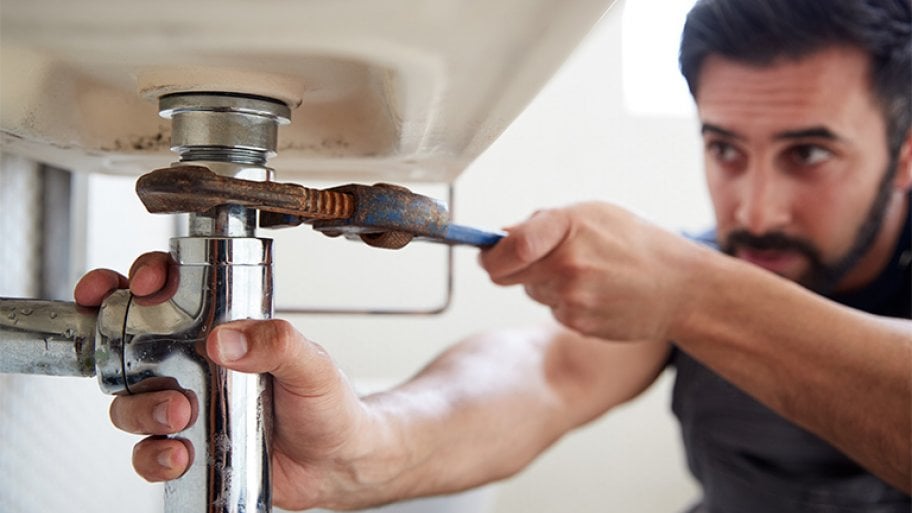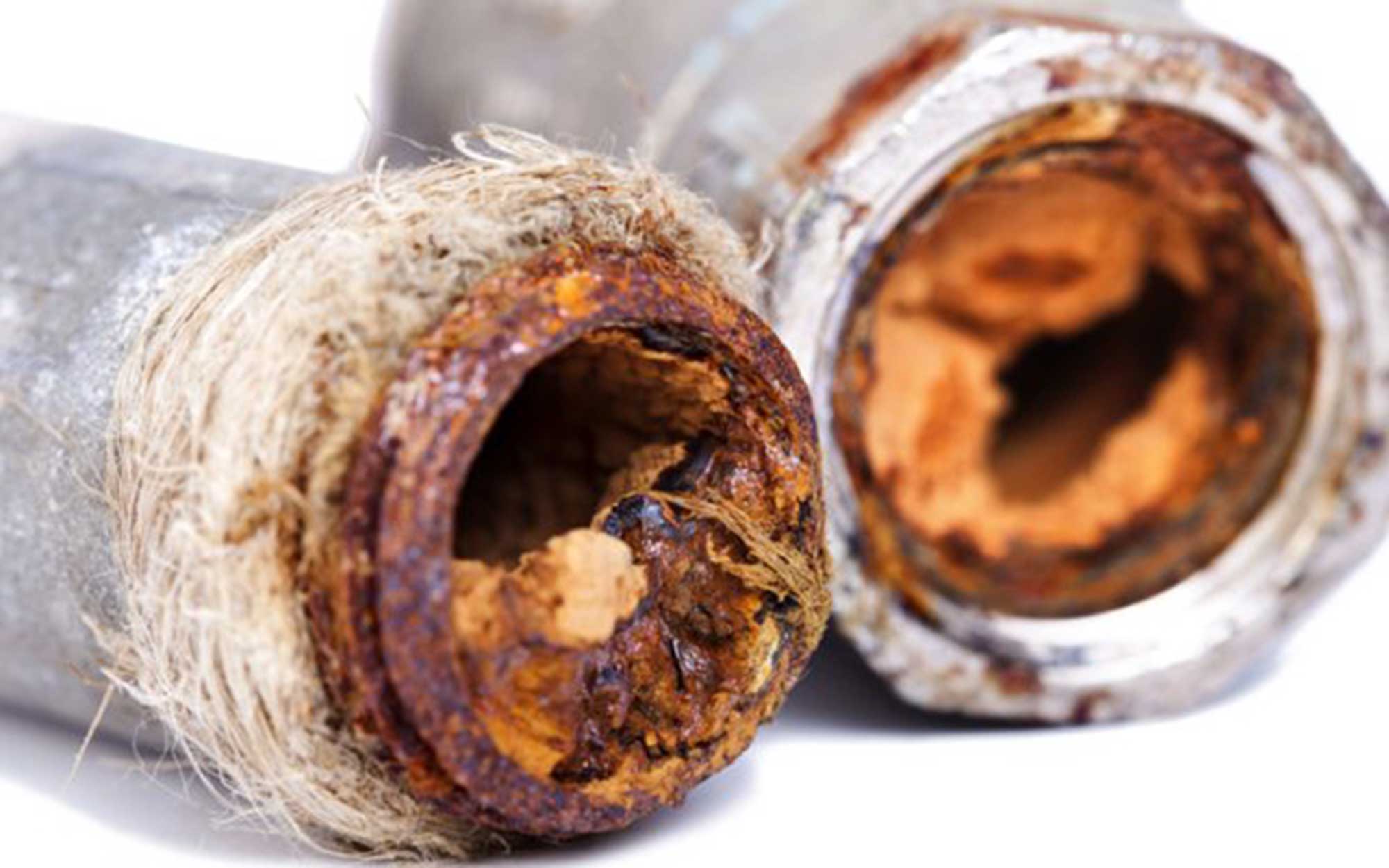Plumbing Noises You Must Know About
Plumbing Noises You Must Know About
Blog Article
This great article which follows relating to Diagnose Unwanted Plumbing Noises is seriously fascinating. Don't bypass it.

To detect loud plumbing, it is important to establish initial whether the unwanted noises occur on the system's inlet side-in other words, when water is turned on-or on the drain side. Noises on the inlet side have varied causes: too much water stress, worn valve and also tap parts, improperly attached pumps or various other appliances, incorrectly positioned pipeline fasteners, as well as plumbing runs containing way too many limited bends or other restrictions. Sounds on the drain side usually originate from inadequate area or, just like some inlet side noise, a format having limited bends.
Hissing
Hissing noise that occurs when a tap is opened a little normally signals excessive water pressure. Consult your neighborhood water company if you suspect this trouble; it will have the ability to tell you the water pressure in your location as well as can install a pressurereducing valve on the inbound supply of water pipe if required.
Other Inlet Side Noises
Squeaking, squeaking, scratching, breaking, as well as tapping generally are triggered by the expansion or tightening of pipes, generally copper ones providing hot water. The audios happen as the pipelines slide against loosened fasteners or strike neighboring house framework. You can frequently determine the location of the issue if the pipelines are exposed; just adhere to the noise when the pipelines are making noise. More than likely you will find a loosened pipe wall mount or a location where pipes lie so near floor joists or other mounting pieces that they clatter versus them. Affixing foam pipe insulation around the pipelines at the point of contact ought to treat the problem. Be sure straps as well as wall mounts are secure as well as give sufficient assistance. Where feasible, pipe bolts need to be attached to large architectural elements such as foundation wall surfaces as opposed to to framing; doing so minimizes the transmission of resonances from plumbing to surfaces that can enhance as well as move them. If attaching fasteners to framing is inevitable, cover pipelines with insulation or other resilient product where they speak to bolts, and sandwich the ends of brand-new bolts in between rubber washers when installing them.
Fixing plumbing runs that experience flow-restricting limited or countless bends is a last resort that ought to be embarked on just after getting in touch with a skilled plumbing contractor. Unfortunately, this circumstance is relatively common in older houses that may not have been developed with indoor plumbing or that have actually seen a number of remodels, specifically by beginners.
Babbling or Shrilling
Extreme chattering or shrilling that occurs when a valve or tap is activated, which generally vanishes when the installation is opened totally, signals loosened or defective internal parts. The service is to change the shutoff or tap with a new one.
Pumps and home appliances such as washing devices and dishwashers can transfer motor sound to pipelines if they are poorly attached. Connect such items to plumbing with plastic or rubber hoses-never rigid pipe-to isolate them.
Drainpipe Noise
On the drain side of plumbing, the chief goals are to get rid of surfaces that can be struck by falling or rushing water as well as to protect pipelines to contain unavoidable sounds.
In new construction, bath tubs, shower stalls, commodes, as well as wallmounted sinks as well as basins should be set on or versus resistant underlayments to minimize the transmission of noise through them. Water-saving commodes as well as faucets are less loud than conventional models; install them instead of older kinds even if codes in your location still allow utilizing older fixtures.
Drains that do not run up and down to the basement or that branch into straight pipeline runs supported at floor joists or other mounting existing specifically troublesome sound troubles. Such pipelines are big enough to emit substantial resonance; they likewise carry significant quantities of water, that makes the circumstance worse. In new building and construction, specify cast-iron dirt pipelines (the big pipelines that drain pipes bathrooms) if you can afford them. Their massiveness contains a lot of the sound made by water going through them. Also, stay clear of transmitting drainpipes in walls shown to rooms and areas where people collect. Walls having drainpipes should be soundproofed as was explained earlier, making use of dual panels of sound-insulating fiberboard and also wallboard. Pipes themselves can be covered with special fiberglass insulation created the objective; such pipes have a resistant vinyl skin (occasionally consisting of lead). Outcomes are not always satisfactory.
Thudding
Thudding noise, often accompanied by trembling pipes, when a faucet or device valve is switched off is a condition called water hammer. The sound and also vibration are triggered by the resounding wave of pressure in the water, which instantly has no place to go. Often opening up a shutoff that discharges water swiftly into an area of piping containing a limitation, elbow, or tee installation can produce the exact same condition.
Water hammer can normally be cured by setting up fittings called air chambers or shock absorbers in the plumbing to which the issue shutoffs or faucets are attached. These devices permit the shock wave produced by the halted flow of water to dissipate in the air they have, which (unlike water) is compressible.
Older plumbing systems might have short upright sections of capped pipe behind wall surfaces on faucet competes the very same function; these can at some point fill with water, minimizing or damaging their efficiency. The treatment is to drain the water system entirely by shutting off the primary water valve as well as opening up all faucets. After that open the primary supply shutoff and also shut the faucets one by one, beginning with the faucet nearest the valve and also finishing with the one farthest away.
If Your Plumbing is Making These Sounds, There’s a Problem
A Bang or Thump When You Turn Off a Faucet
If a loud bang or thump greets you each time your turn off running water, you likely have a water hammer. A water hammer occurs when the water velocity is brought to a halt, sending a shock wave through the pipe. It can be pretty jarring — even worse, damaging to your plumbing system. All that thudding could loosen connections.
Strange Toilet Noises
You’re so familiar with the sounds your toilet makes that your ears will be attuned to anything out of the ordinary. Fortunately, most unusual toilet noises can be narrowed down to just one of several problems.
Foghorn sound:
Open the toilet tank Flush the toilet When you hear the foghorn noise, lift the float to the top of the tank If you’re ambitious, you can remove the ballcock valve and disassemble it to replace the washer. Or you can more easily replace the ballcock valve entirely. This device is relatively inexpensive and available at most any hardware store.
Persistent hissing:
The hissing following a flush is the sound of the tank filling. It should stop once the tank is full. But if the hissing continues, it’s likely because water is leaking out of the tank. The rubber flap at the bottom of the tank can degrade, letting water slip through and into the bowl. That’s why the tank is refilling continuously. Fortunately, this is an easy fix:
Cut the water to the toilet by closing the shutoff valve on the water supply line. Flush the toilet to drain the tank. Disconnect the flapper Attach the new flapper Gurgling or bubbling:
Gurgling or bubbling suggests negative air pressure in the drain line, likely resulting from a clog. As air releases, it causes the water in the toilet to bubble. This could either be a minor issue or a major one, depending on the clog’s severity. Clogs can be caused by toilet paper or more stubborn obstructions such as tree roots. If you can’t work out the clog with a plunger, contact a professional plumber for assistance because a clog of this magnitude could lead to filthy and unsanitary sewage backups in your sink bathtub.

Do you appreciate reading about Why is My Home Making Strange Plumbing Noises? Post feedback directly below. We would be pleased to find out your views about this blog posting. In hopes to see you back again later on. Are you aware of somebody else who is fascinated with Why Do My Plumbing Pipes Make A Knocking Noise? Be sure promote it. Kudos for your time. Come back soon.
Book My Estimate Report this page